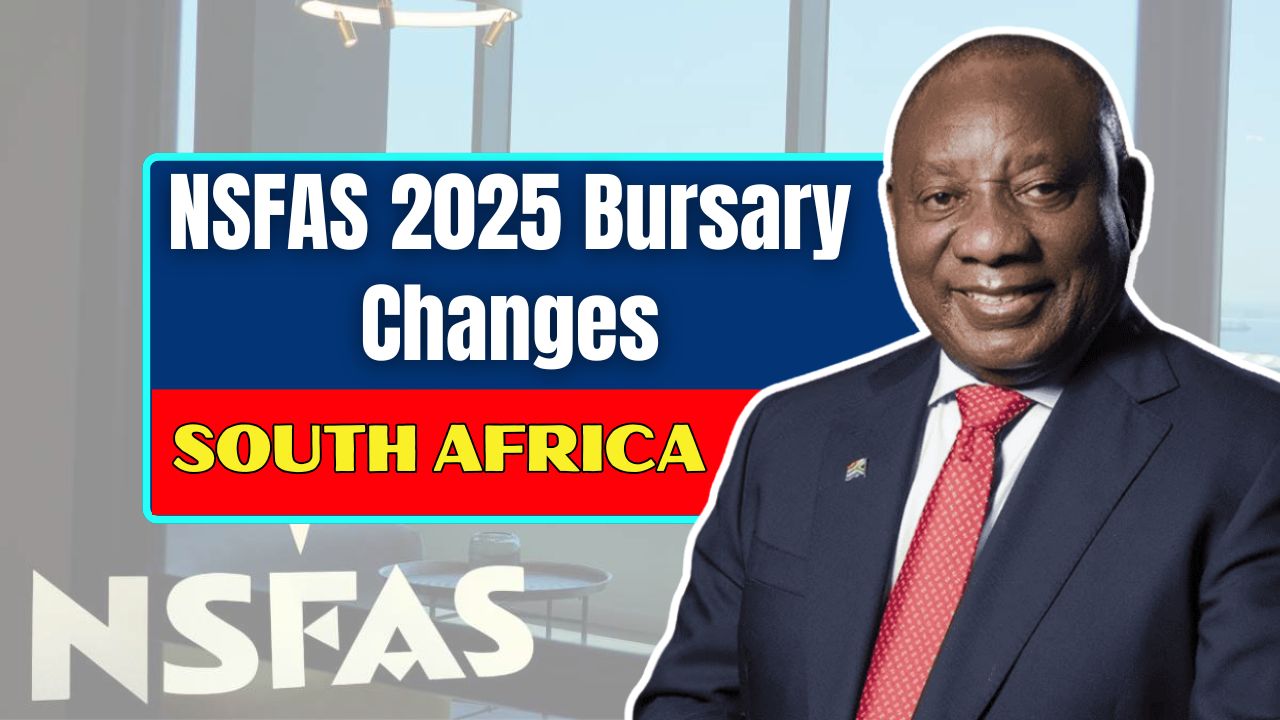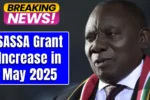In 2025, National Student Financial Aid Scheme (NSFAS) of South Africa changed the funding pattern that favored students seeking higher education even more. Among the major highlights are converting many NSFAS loans into bursaries, thus lifting the repayment burden from many students’ shoulders.
Conversion Conditions of Loans to Bursaries
For the conversion of a NSFAS loan into a bursary, students will have to meet a set selection criterion. Above all, students are expected to score an average of 70% and above in all registered modules and complete their qualifications in the minimum prescribed period.
Moreover, at least 50% of the loan must have been repaid before NSFAS can consider converting it to a bursary. It is also important to emphasize that this conversion only applies to loans repaid partially and will never be treated as a full bursary unless all conditions are met.
Eligibility for NSFAS Funding
Eligibility to receive NSFAS funding in 2025 is determined by household income and performance. Student household earnings of R350 000 per annum or less qualify for full non-repayable bursars; with household incomes of R350 001 to R600 000, they may qualify for a loan repayable on completion of studies.
All applicants must be South African citizens or permanent residents and must enroll in duly recognized programs at public universities or TVET colleges.
Application Procedures
NSFAS funding application procedures entail various steps. Prospective students are to create a profile on the NSFAS website and submit their documents, including proof of income and proof of academic record. After submitting their application, students can track its status on their myNSFAS account. It is imperative to provide accurate and complete information to ensure no delays are experienced in processing.
Coverage of Funding
The NSFAS funding covers a variety of expenses to assist students in completing their studies. This includes the tuition fee, registration fee, accommodation, food allowances, transport for students who live more than 40 km from the campus, and learning materials like textbooks and devices. It is this all-embracing design of funding that intends to break the financial barriers to accessing higher education.
Conclusion
The 2025 updates to the NSFAS funding model make a giant leap toward making South African students access higher education more easily. Converting loans into bursaries for qualifying students and keeping a clear and structured application procedure has seen NSFAS support academic success while alleviating financial burden across the nation.




